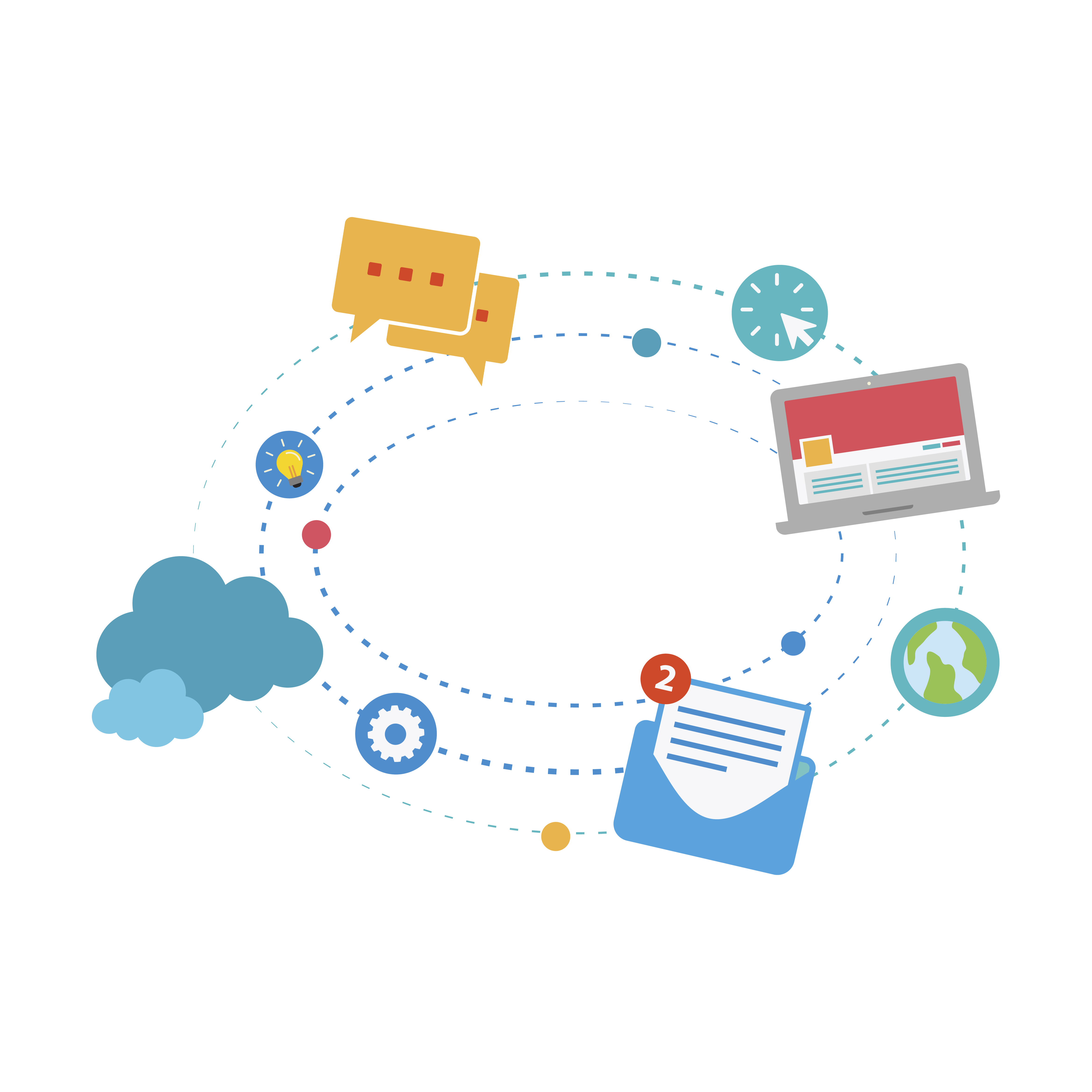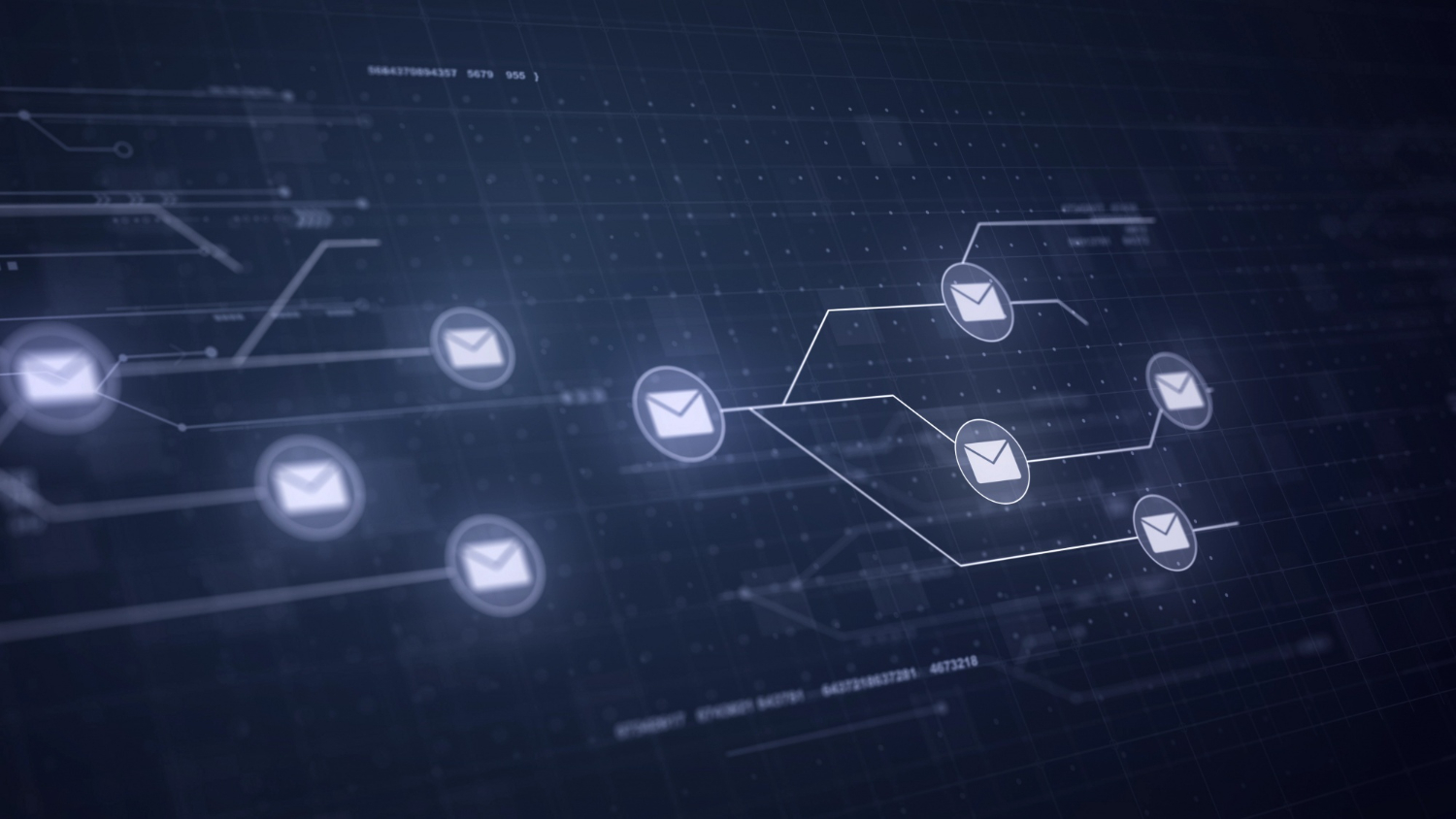· Heybounce · Guides · 7 min read
The Evolution of Email Protocols: From SMTP to the Future of Communication
Explore the evolution of email protocols—from SMTP to IMAP and beyond—to understand how email communication has transformed over time.

In an age where instant messaging and social media dominate, it’s easy to take email for granted. But the history behind the simple act of hitting “send” is rich and full of technological evolution. The development of email protocols has played a vital role in the way businesses and individuals connect today. If you’ve ever wondered how we got from clunky early systems to the streamlined, verified services we use now, this post will give you a deep dive into that transformation.
What Are Email Protocols?
Email protocols are the rules and methods that enable the sending, receiving, and storage of email messages. Imagine email protocols as the foundation of your email service—without them, email wouldn’t work. From the inception of electronic communication, various protocols have evolved to handle different aspects of email delivery, security, and reliability. The most common protocols you may have heard of include SMTP, POP, IMAP, and increasingly modern, security-focused additions.
Let’s take a journey through the history and evolution of these email protocols to understand their impact on the way we communicate today.
The Early Days: The Birth of SMTP
1. SMTP: The Backbone of Email
Simple Mail Transfer Protocol (SMTP) was the original workhorse of email communication and remains a crucial part of email delivery even today. Introduced in 1982, SMTP was designed to handle the process of sending emails from one server to another.
SMTP is like the postal service of the digital world—responsible for picking up and delivering your emails. It was revolutionary for its time, and the following are some notable highlights:
- Launched by RFC 821, SMTP set the foundation for email transfer. It made sure that emails could move across networks smoothly.
- Stateless and Simple: In its early versions, SMTP had minimal built-in security. It could send plain text messages but lacked any kind of encryption, making it susceptible to eavesdropping or spoofing.
- Reliability Over Time: Over the years, SMTP evolved to improve reliability. Today, extensions like ESMTP (Extended SMTP) include more security and authentication options.
SMTP is still very much alive today, but it’s been updated with layers that add security, such as Transport Layer Security (TLS).
2. POP: Bringing Email Offline
Next up in our evolutionary journey is Post Office Protocol (POP). POP emerged in the mid-1980s to provide a convenient way for users to download email from a server to their local computer. Back then, internet connectivity wasn’t always available, and POP allowed users to read emails offline. Here’s what made POP impactful:
- POP1 to POP3: Over time, POP improved with versions 1, 2, and the widely used POP3 (released in 1988). POP3 allowed users to download messages and delete them from the server—keeping email management simple.
- Offline Flexibility: POP was ideal when people had limited connectivity. It helped users access messages without staying connected to the server, which was crucial for the dial-up era.
- Limited Syncing: POP had a significant limitation—it wasn’t ideal for multiple devices. Since emails were stored locally after downloading, synchronizing across different devices was almost impossible. This led to the development of a better protocol for multi-device access.
3. IMAP: The Rise of Multi-Device Convenience
Internet Message Access Protocol (IMAP) changed the game in the 1990s by allowing emails to be stored on servers, where they could be accessed from any device. This multi-device capability was perfect as people began to use more than one computer or device to check their emails.
IMAP was designed with flexibility in mind:
- Real-Time Sync: With IMAP, emails remain on the server, and users see the same message status (read, unread, deleted) across all devices.
- Perfect for the Cloud Era: IMAP paved the way for today’s cloud-based email systems. It allowed users to manage their email more efficiently, even as mobile devices started to become popular.
- Better Control: Unlike POP, IMAP allowed users to download only the email headers, providing a preview before deciding to download attachments or entire emails—a major advantage for limited bandwidth connections.
The Era of Security Protocols: The Rise of Authentication and Encryption
As email became a more essential form of communication, security risks also increased. Early protocols lacked built-in security, and this led to the development of supplementary protocols and standards to keep email safe.
4. TLS: Encrypting Email for Security
Transport Layer Security (TLS) is an encryption protocol that is commonly paired with SMTP to ensure that email messages are transferred securely. SMTP alone does not inherently provide security, but adding TLS ensures that messages are encrypted as they travel from one server to another.
- Preventing Eavesdropping: With TLS, emails in transit are encrypted to protect against man-in-the-middle attacks.
- Mandatory Adoption: Today, most email servers enforce the use of TLS to maintain a baseline level of privacy, making email more reliable for sensitive information.
5. DKIM, SPF, and DMARC: The Authentication Trio
Authentication protocols have also been added to ensure email reliability and protection from malicious actors.
- SPF (Sender Policy Framework): SPF verifies that emails are sent from authorized IP addresses, preventing spammers from sending emails on behalf of legitimate domains.
- DKIM (DomainKeys Identified Mail): DKIM uses cryptographic signatures to confirm that an email hasn’t been tampered with during transit.
- DMARC (Domain-based Message Authentication, Reporting & Conformance): DMARC ties SPF and DKIM together to provide domain owners with visibility into email authentication issues and gives them control over how to handle unauthenticated emails.
These three protocols work in tandem to protect against phishing, email spoofing, and other types of email-based fraud. Today, they’re indispensable for companies that want to protect their brand reputation and email reliability.
Modern Innovations: SMTP Extensions and Protocol Improvements
Email hasn’t stopped evolving—recent years have brought about various improvements designed to enhance email performance, efficiency, and security.
6. ESMTP and SMTP AUTH
Extended SMTP (ESMTP) adds various optional commands to the basic SMTP protocol, allowing for improved capabilities such as authentication (SMTP AUTH), and better security measures.
- SMTP AUTH: This is an extension that requires users to authenticate with a username and password before sending an email, reducing the risk of abuse and spam.
- Enhanced Capabilities: ESMTP also enables email attachments, a feature not originally supported by SMTP.
7. BIMI: Brand Indicators for Message Identification
In the latest iterations of email evolution, BIMI allows brands to display their logo within email clients, provided the message passes DMARC authentication.
- Visual Trust: This enhances trust for recipients, as they can quickly see that an email is verified as coming from a legitimate source.
- Boosting Engagement: Studies have shown that displaying brand logos in the inbox can increase engagement rates, offering both a practical and branding advantage.
The Future of Email Protocols: What Comes Next?
8. SMTP over QUIC
The next big evolution is SMTP over QUIC. QUIC, originally developed by Google, is a transport protocol designed to improve the performance of HTTP over the internet, reducing latency. Applying QUIC to SMTP could improve the speed and reliability of email delivery, particularly in challenging network conditions.
- Reduced Latency: Faster connection handshakes mean less delay in email transfers.
- Better Performance for Mobile Networks: QUIC’s adaptability for unreliable network connections will be ideal for mobile users, ensuring emails reach their destination faster.
9. AI Integration for Enhanced Security
Artificial Intelligence (AI) is playing a growing role in email, particularly with security. AI-driven systems are becoming better at:
- Filtering Spam and Phishing: Identifying phishing attempts before they reach your inbox.
- Analyzing User Behavior: Understanding normal patterns to flag unusual or malicious email behavior.
As AI matures, we can expect it to enhance not only security but also improve how emails are sorted, prioritized, and even responded to.
Conclusion: Email Protocols Continue to Evolve
The evolution of email protocols, from simple SMTP to today’s sophisticated, secure systems, is a testament to the resilience and adaptability of email as a communication tool. As the backbone of modern business communication, email continues to adapt to the needs of users—improving security, enhancing usability, and offering reliable ways for brands to connect with their audiences.
Whether it’s through innovations like SMTP over QUIC or enhanced verification services like Heybounce, email is far from becoming obsolete. In fact, it’s evolving faster than ever.
Ready to improve your email deliverability and ensure your emails reach their target? Sign up with Heybounce today and take control of your email communications!





